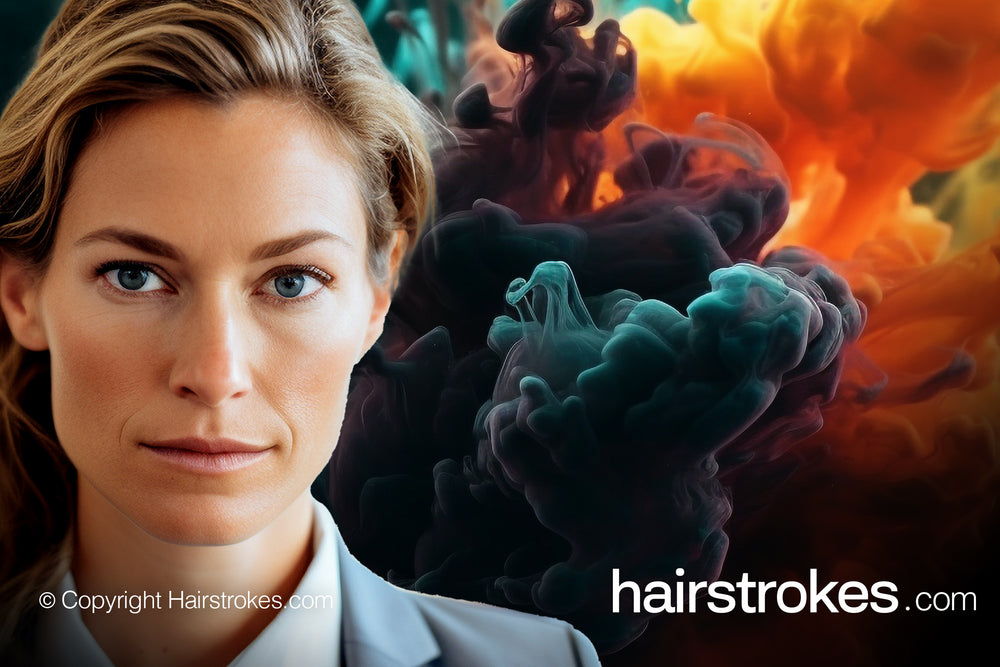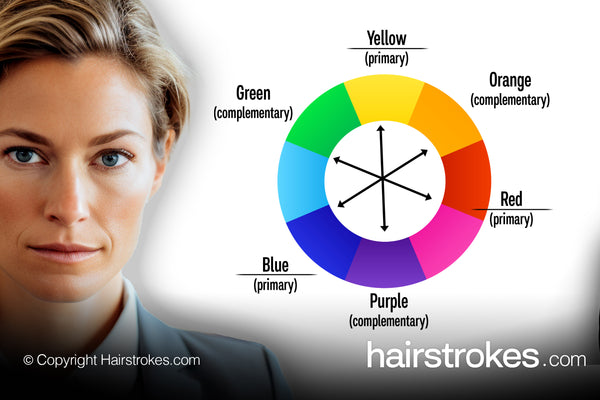14. Mixing pigments of different makers
In the world of semi-permanent makeup, the debate over mixing pigments from different manufacturers is common. While many pigment producers and brand-affiliated artists caution against this practice, the reality is more nuanced. The decision to mix pigments from different sources often boils down to understanding their chemical properties and colorant origins. As experienced artists point out, pigment molecules and elemental atoms are indifferent to brand labels.
Combining Organic and Inorganic Pigments
Blending organic and inorganic pigments is feasible, but it requires an awareness of their compatibility and stability. These pigments have distinct chemical compositions, and mixing them can yield unpredictable results. For instance, merging inorganic mineral colors with Carbon Black (or Black 2) can lead to unstable mixtures.
The Role of Additives
Understanding the additives in pigments is crucial for successful blending. It's essential to ensure that the chemical elements of the pigments' carriers are compatible. If one pigment primarily contains glycerin and alcohol as additives, mixing it with another pigment that shares these primary additives is advisable. This precaution helps avoid unexpected chemical reactions that could compromise the pigment's stability.
Particle Size Considerations
When mixing pigments, consider the size of their particles. Combining pigments with vastly different particle sizes is generally not recommended. Significant differences in micronization levels can disrupt even pigment distribution, affecting application and healing. Researching the micronization of pigments helps ascertain whether certain combinations are practical.
Practical Experience in Pigment Mixing
Experienced artists suggest using pure colors for greater control over the resulting shade. Mixing different shades of brow pigments can inadvertently produce gray tones that darken over time. Thus, selecting pure initial pigments is crucial.
Artists often experiment with blending different brands, including organic and inorganic pigments. The key to success lies in testing the stability of these custom mixes. For instance, immersing the blend in water can reveal its stability. However, furnace black or CI 77266, known for its furnacing method, can be challenging to integrate into mixes, often leading to unstable combinations. Conversely, other pigment blends are more stable, offering more versatility.
The Importance of Real-Life Testing
Ultimately, the most critical factor is how a pigment mix heals in a client's skin. Despite the marketing claims surrounding pigment mixing, real-world healing results are the true indicators of a blend's success. Experienced artists emphasize the importance of observing the healed outcomes in actual clients to gauge the effectiveness of pigment mixes. Real-life observations provide the most accurate assessment of pigment blending.





